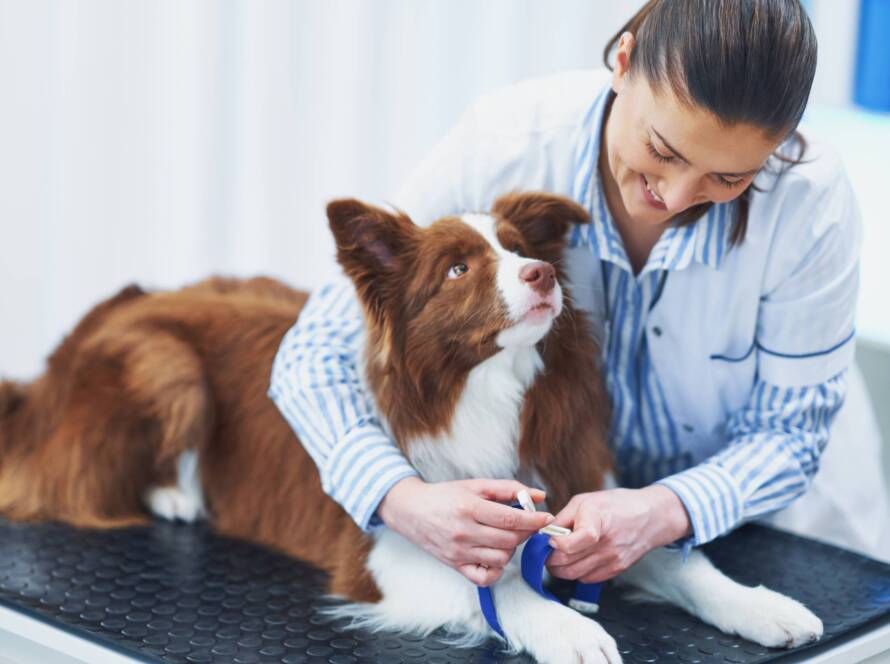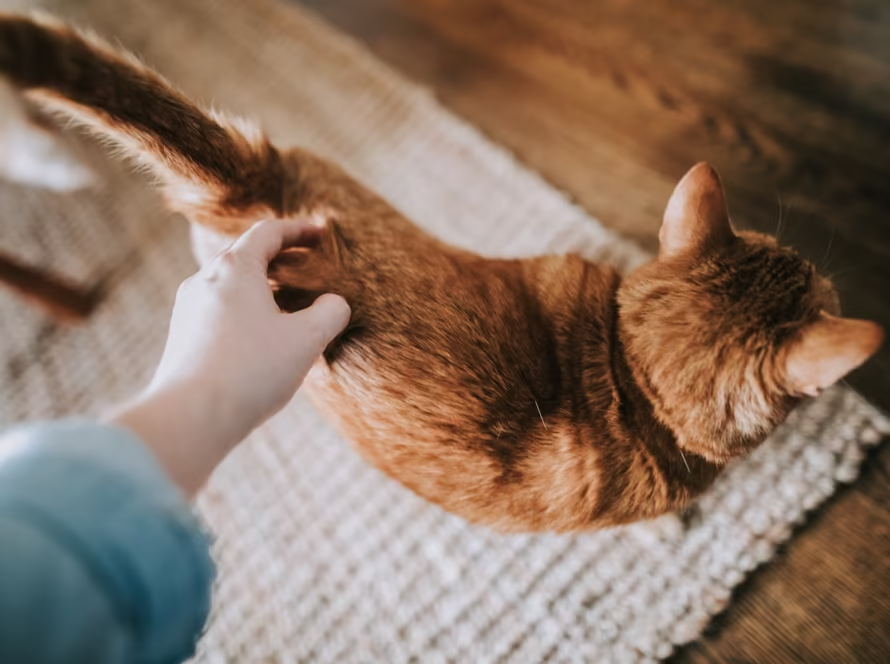Dreaming of a furry friend without the constant fur fallout? Lots of people are. The idea of a dog that sheds little to none is super appealing. Think: less vacuuming, no more lint roller panic before leaving the house, and maybe even relief from those allergy flare-ups. Sounds pretty great, right?
We’ll uncover what non-shedding dogs mean, the benefits of these breeds, some popular choices, and how to keep their coats looking their best. Get ready to learn if a low-shedding dog is the perfect fit for your life.
What Does “Non-Shedding” Really Mean?
Let’s get one thing straight: a truly 100% non-shedding dog? Doesn’t exist. Say it with me: no dog avoids shedding hair completely.
The term “non-shedding” is more of a general description than a scientific fact. “Low-shedding” is closer to the truth. These dogs lose way less hair than breeds like Huskies or German Shepherds. It’s often about their hair follicle structure and coat type. Usually, they have curly or wiry coats that trap loose hairs instead of dropping them everywhere.
Think of it this way: After cuddling a Golden Retriever, you might find a whole layer of fur on your pants. But with a poodle? Maybe just a tiny wisp or two. They both shed, but how much is totally different.
Benefits of Adopting Dogs That Don’t Shed
Why are low-shedding breeds so popular? Here are a few good reasons:
- A Noticeably Cleaner Home: Less hair means less vacuuming and less lint-rolling madness, freeing up your valuable time. Canadian households spend approximately CAD $200 per year on cleaning supplies, and choosing a low-shedding dog can significantly reduce that expense.
- Potentially More Comfortable for Allergy Sufferers: This is often a major draw. Remember, no dog is truly hypoallergenic (allergies have many causes, not just hair). However, some allergy sufferers find they react less to low-shedding breeds. The reason? Less hair floating around means less dander spreading. Always spend time with a dog before adopting. This way, you can assess your specific reaction to that specific animal. It’s always possible to test for allergies if you’re not sure.
- Less Time Spent Grooming and Cleaning: All dogs need love and grooming, but low-shedding breeds often mean less frantic cleaning around the house because there’s just less hair everywhere. That gives you wiggle room to relax.
Common Dog Breeds That Don’t Shed
Eager to meet some of the stars of the low-shedding world? Here are a few popular picks:
- Poodle (Standard, Miniature, and Toy): Poodles are praised for their intelligence and exceptional versatility. They can come in a range of sizes. The tradeoff? You’ll need to groom them to prevent matting. Dog behaviorists say to get puppies started with grooming early.
- Shih Tzu: Known for their affection, playfulness, and laid-back nature, these Tibetan “lion dogs” are little. To avoid mats, their long, flowing coat needs to be regularly groomed. On the positive side, they are a great choice for allergy patients because they shed relatively little.
- Maltese: Another small dog breed that doesn’t shed is Maltese. These little white canines are kind, affectionate, and fiercely devoted to their owners. Although their silky coat is gorgeous, it must be brushed every day to avoid tangles. Maltese dogs enjoy cuddling and showing affection.
- Bichon Frisé: Bichons are happy, active puppies with fluffy white coats that resemble cotton balls. To avoid matting and maintain cleanliness, this coat requires routine care. They are excellent for anyone looking for a lively, amiable dog because they are sociable and enjoy spending time with their families.
- Yorkshire Terrier: These tiny terriers have a long, silky coat that looks a lot like human hair. Yorkshire Terriers don’t shed much and are known for being spunky and confident despite their small size.
And that’s just the beginning. Portuguese Water Dogs, Irish Water Spaniels, and Schnauzers (all sizes) also join the low-shedding club. Do your homework before getting a dog. Research will ensure you pick a breed that fits your lifestyle, preferences, and home.
Grooming and Care for Dogs That Don’t Shed
Less shedding doesn’t mean no grooming. They often need more grooming than shedders because their hair stays put. This can lead to mats and tangles if you’re not careful.
- Brushing: Brush them daily, or at least every other day. Use a slicker brush to remove loose hair and a metal comb to reach deeper layers.
- Regular Visits to a Groomer: Regular visits to a groomer are a smart idea. They know how to give the best haircuts, baths, and conditioning treatments to keep your dog looking and feeling great. Aim for appointments every 6-8 weeks.
- Getting Tools for Bathing: Learn how to bathe and dry your dog at home. Get the right tools, like clippers and grooming scissors. Your groomer can give you tips for your dog’s specific coat type and what products to use.
Myths About Dogs That Don’t Shed
Let’s bust some common myths about low-shedding breeds:
- Myth #1: They’re zero work: Nope! They need regular grooming, including brushing and professional care, to prevent mats and keep their skin healthy.
- Myth #2: They’re allergy-proof: Not quite. They might be better for some allergy sufferers, but they’re not 100% hypoallergenic. Every dog produces dander and saliva, which include allergens. Spend time with a dog before adopting to check for reactions.
- Myth #3: I don’t need flea and tick prevention: Low-shedding dogs are prone to trapping fleas and ticks near the skin where you can’t see them. This allows them to bite your dog unseen and undisturbed. Keep up-to-date on your preventative flea and tick regime even with short-haired dogs.
Things to Consider Before Adopting a Dog That Doesn’t Shed
Before you get a low-shedding dog, think about these things:
- Do You Have the Time? Are you ready to spend time and money on grooming, vet visits, and maybe even daily teeth cleaning? This is a long-term commitment.
- Health Issues: Some breeds are prone to skin problems (allergies, infections) and ear infections (from hair in the ears). Research your breed and be ready for potential vet costs.
- Does It Fit Your Life? Does the dog’s energy level and exercise needs match your lifestyle? Can you give them enough exercise and mental stimulation? While breeds like the Maltese or Bichon favor a more laid-back lifestyle, certain medium non-shedding dogs, like the Standard Poodle, are quite energetic.
Adopting a dog that doesn’t shed much can be awesome, bringing you a furry friend without all the hair. If you want a cleaner home and have allergies, a dog that doesn’t shed can be a good fit for your family. While low-shedding breeds have their own demands, the benefits can improve your quality of life. Dig into research. Understand you have some grooming to do. Make sure you are willing to take on time and cost. No dog is “no maintenance,” but many low-shedding breeds are awesome companions.




